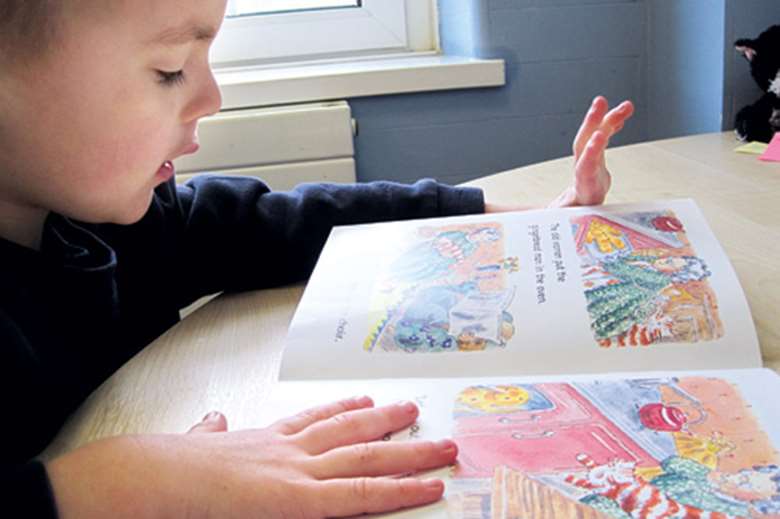Good Practice: How a programme is helping struggling readers in Brighton & Hove
Friday, June 24, 2011
The Reading Recovery initiative has seen 78 per cent of children who took part in the first group experience significant progress

Project Reading Recovery in Brighton & Hove
Funding Receives funding from the Dedicated Schools Grant and individual school budgets
Purpose To improve children's reading and writing skills
Background
Basic reading and writing skills are fundamental to children's education. Those with poor literacy skills risk getting further and further behind and turning away from learning altogether or venting their frustration by becoming disruptive in the classroom. Brighton & Hove Council is among those to run the Reading Recovery programme – part of the national Every Child a Reader initiative – designed to offer intensive support to children who are struggling. Each year, around 360 children in the area – more than 14 per cent of the annual 2,500 intake – struggle with reading and writing.
Action
Brighton & Hove targeted the scheme at primary schools with lower than average literacy results, explains Reading Recovery teacher leader Louise Zahra. The scheme involves teachers doing specialist training, with 18 teachers and 15 schools in Brighton & Hove taking part.
These Reading Recovery specialists do daily, one-to-one, half-hour sessions over 20 weeks with Year 1 pupils who are making slow progress in reading and writing. Teachers do fun exercises and try to build on an individual child's interests, such as football, to spark enthusiasm for seeking out information.
The scheme also helps to identify early those children who may have special educational needs and need extra support in school. It aims to get parents involved, including inviting them to come and see a session. "Getting parents involved is absolutely critical and we have had a lot of success in working with so-called hard-to-reach parents," says Zahra.
While the focus is on literacy, schools have seen children's all-round behaviour and attendance improve and a shift in attitude to learning that can transform how well children do overall.
"You see some quite extreme changes," says Zahra. "You see a complete turnaround in children who barely ever picked up a book and showed no interest in reading before."
Funding for the Every Child a Reader scheme is no longer ringfenced. But schools in Brighton & Hove have decided to continue funding the programme, with plans for teachers who have already done the specialist training to share their expertise with more schools.
"It's a high cost but it really does work," concludes Zahra.
"It is hard work to organise and hard work for the teachers doing it, but everyone involved feels it is worth the effort."
Outcome
Seventy-seven children in Brighton & Hove took part in the first group from September 2010 to March 2011 - 63 per cent of them boys and 36 per cent girls. More than half were eligible for free school meals and 14 per cent has English as an additional language.
Seventy-eight per cent made accelerated progress, which meant they were lifted from being among the lowest achieving pupils to being in line with the average attainment of peers. The remaining pupils made good progress. On average, pupils started at book level 0 and left the programme at level 16 with an increased standardised reading age.
A national evaluation of the Reading Recovery programme in England was published by the National Centre for Social Research. It found that although Year 1 pupils had below-average literacy levels at the start of the academic year, 86 per cent attained level 1 or above by the end of the year, compared with 60 per cent of similar pupils who did not take part. Fifty-two per cent of pupils who completed the programme were at or above the expected level for their age - compared with 30 per cent of similar pupils who didn't take part.
The majority – 72 per cent – always or sometimes enjoyed silent reading compared with 55 per cent of children not covered by the programme, and 92 per cent were always or sometimes confident when tackling a new book, compared with 80 per cent of other pupils.
If you think your project or programme is worthy of inclusion, email supporting data to andy.hillier@haymarket.com




